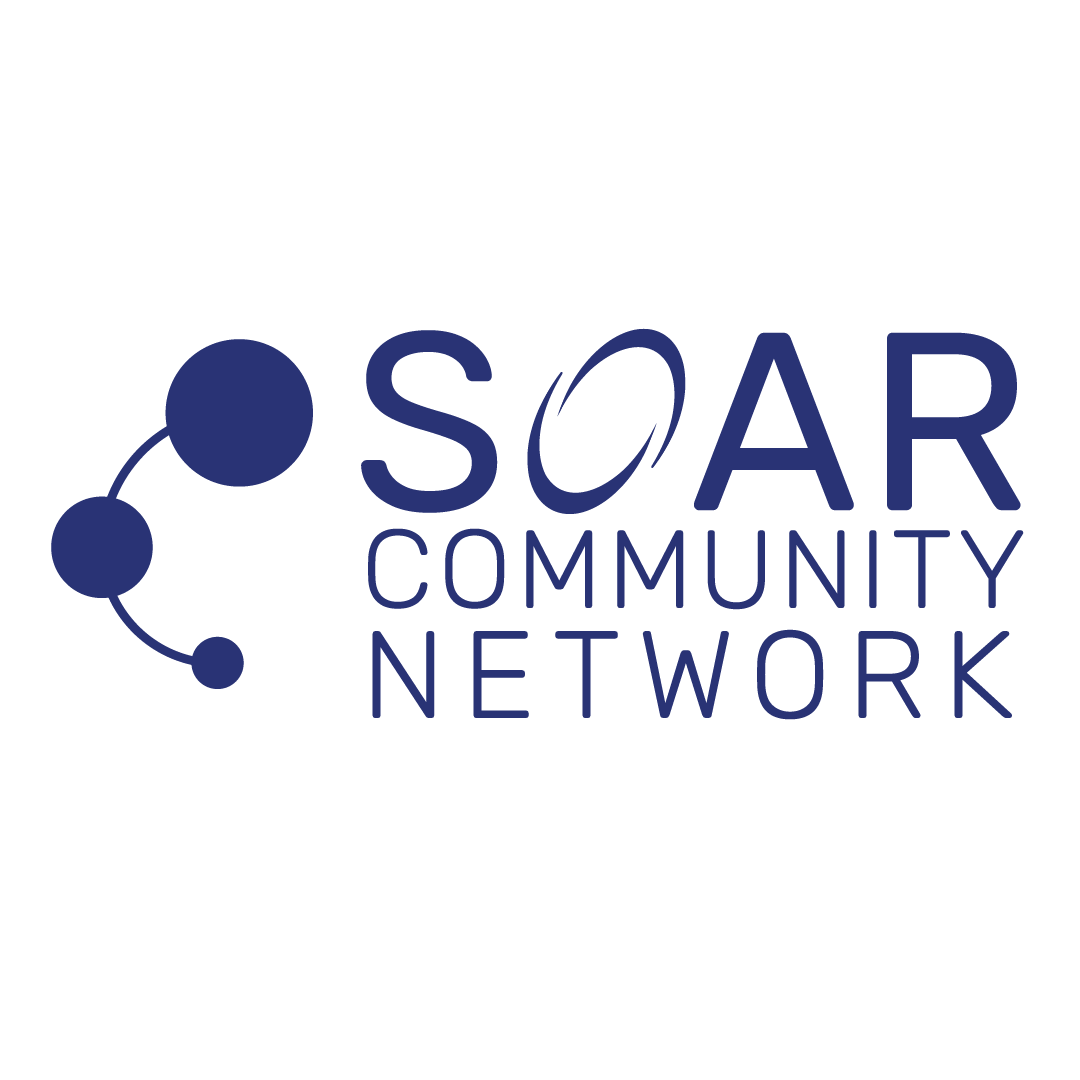Introduction
In the evolving landscape of team management, behavioral science tools like DISC, StrengthFinders, Myers-Briggs, and especially the Predictive Index (PI) have emerged as vital in crafting cohesive, collaborative, and high-performing teams. As a certified Predictive Index Partner and advocate of the SOAR Community Network, this article shares my perspective on how these tools, rooted in robust research and validity studies, can revolutionize team dynamics.
The Role of Behavioral Science in Team Dynamics
Behavioral science offers a window into understanding individual team members’ inherent traits, strengths, and communication styles. This understanding is crucial for building teams that are not only skill-diverse but also behaviorally complementary.
- Research and Validation: The Predictive Index boasts over 300 validity studies, underscoring its reliability in assessing workplace behaviors. Similarly, tools like DISC and Myers-Briggs have been widely studied and applied across various industries, demonstrating their effectiveness in enhancing team performance.
DISC, StrengthFinders, and Myers-Briggs: The Foundations
Each of these tools offers unique insights:
- DISC: Focuses on communication and behavior styles, helping teams understand how members interact and collaborate.
- StrengthFinders: Emphasizes individual strengths, guiding team leaders in assigning roles that play to each member’s strong suits.
- Myers-Briggs: Offers insights into personality types, facilitating better interpersonal understanding and collaboration within teams.
Predictive Index: A Game-Changer
The Predictive Index takes these concepts further by aligning team dynamics with overall business strategy. It provides a detailed analysis of team members’ behavioral drives and needs, enabling leaders to design teams that are both harmonically balanced and strategically aligned.
- Practical Applications: PI is used for various aspects of team management, from recruitment and role assignment to team development and conflict resolution.
- Scientific Backing: The 300+ validity studies conducted on the PI model lend it a level of credibility and trustworthiness that is pivotal for its application in high-stakes business environments.
SOAR Community Network and the Predictive Index
The SOAR Community Network’s collaboration with the Predictive Index is rooted in the belief that understanding and leveraging behavioral science is key to building successful teams.
- Empirical Evidence: The Network values the empirical evidence backing PI, ensuring that the strategies and recommendations provided to clients are both scientifically validated and practically applicable.
- Comprehensive Approach: The PI model complements SOAR’s mission to create cohesive and high-performing teams by providing a comprehensive framework that integrates behavioral insights with business strategy.
Implementing Behavioral Science for Team Success
Adopting these tools in everyday business practice involves:
- Assessment and Analysis: Regularly assessing team members using these tools and analyzing the results to inform team composition and management strategies.
- Tailored Development Programs: Designing development programs and team-building activities based on the insights gained from these assessments.
- Continuous Learning and Adaptation: Staying abreast of the latest research and developments in behavioral science to continuously refine team management practices.
Conclusion
The integration of behavioral science tools in team management represents a shift towards more nuanced and effective team building. As a Certified Predictive Index Partner, my experience underscores the transformative power of these tools in creating teams that are not just functionally adept but also behaviorally synergized. This approach is the cornerstone of building not just teams, but teams that last, grow, and thrive together.

